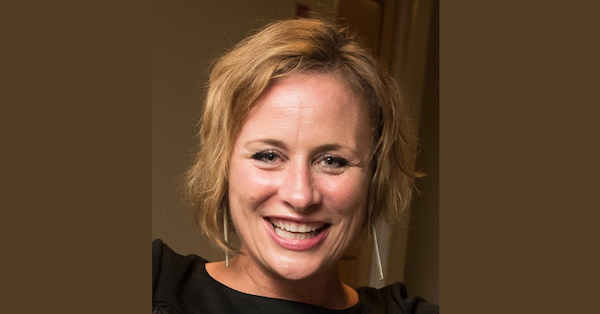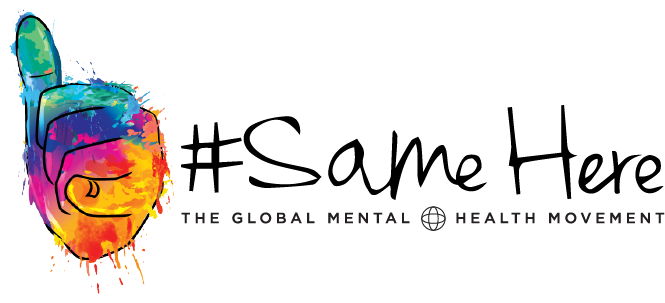STARR Experts
Practitioner Profile – Juliet King- Art Therapy


Juliet King PhDc, ATR-BC, LPC, LMHC
Juliet King’s Bio:
Juliet King PhDc, ATR-BC, LPC, LMHC is an Associate Professor of Art Therapy at The George Washington University and Adjunct Associate Professor in the Department of Neurology at the Indiana University School of Medicine.
Professor King received her MA in Art Therapy from Hahnemann/Drexel University and has over two decades as a clinician, administrator and educator. As the inaugural director, she developed and implemented the graduate Art Therapy program at Herron School of Art and Design at Indiana University-Purdue University (IUPUI) in Indianapolis, IN and spearheaded the development of over 30 student internships in Indianapolis and surrounding regions. She also developed and continues to oversee the first Art Therapy in Neuroscience and Medicine program at the Indiana University Neuroscience Center, which is dedicated to clinical, education and research initiatives for patients with neurological disease and distress. Ms. King has expertise in the clinical practice of art therapy, its theoretical underpinnings and links to neuroscience. She has worked extensively with people to understand the neurobiological effects of stress and trauma and is dedicated to learning how the arts and creativity can enhance health and well-being.
Creativity is for everyone! All humans have an innate and evolutionary capacity to be creative….it is part of how we are made. When we look at neuroimaging of the brain on art, or during an act of creativity, the whole thing lights up! Being creative, whether it’s dancing, or painting or singing, solving problems and even doing math helps our brains make new connections and expands our ability to see and perceive our experiences in a new way. Professor King has organized symposia to promote transdisciplinary research in arts, health and related therapeutics. She collaborates with neuroscientists and creativity experts to promote an understanding of how art therapy is useful to address psychological challenges and traumatic stress. She also works to help the science of the brain be translated in ways that can help people through active engagement in art making.
Professor King has conducted research that explores the connections between brain activity and artmaking and has worked with neurologists, artists and art therapists to understand the value of image-generating technology for patients effected by ALS (Lou Gehrig’s Disease). Juliet is committed to the reality that science does not detract from the magic of the arts, in fact, it only makes the many ways of knowing more pronounced and accessible for all humans.
In 2016 she wrote and edited the first textbook of its kind, titled Art therapy, Trauma and Neuroscience: Theoretical and Practical Perspectives; plans are for the second edition to be published in 2022. Professor King’s research explores the systematic integration of art therapy and neuroscience with a particular focus on neuroaesthetics and Mobile Brain-Body Imaging (MoBI) to understand and measure the psychological mechanisms of change in the therapeutic process.
Currently Juliet is pursuing a PhD in Translational Health Sciences with a focus on the integration of cognitive neuroscience and art therapy theory, research and practice for the treatment of trauma and stress related challenges. As a translational scientist, she works with others to develop and implement scientifically-sound programming and practices in art therapy and neuroscience. Using knowledge from the arts and sciences expands the potentials to connect and communicate with others and supports healing capacities for all involved.
Juliet Kings Social Channels:
Linkedin: Juliet King
Twitter: @tertiaryprocess
Facebook: juliet.king.90
2. According to Juliet King, why Art Therapy works to improve mental health
Art therapy is difficult to define, in that what makes it the most unique, the art part, is what also makes it ambiguous. Most theories of art therapy are grounded in the knowing that artistic expression allows for the bypassing of verbalization in the externalization of internal processes, and in the assumptions that art therapy engages the sensorimotor system, recruits cognitive process, and has the ability to balance emotional dysregulation through healthy attachment experiences.
Over time the field of neuroscience has been engaged to help identify why and how art therapy works. We know that making art and engaging in a state of flow can provide physiological benefits like decreasing stress and increasing focus. Engaging in the creative process increases neuroplasticity, which is the brain’s capacity to re-wire itself and build new connections. Creativity is a catalyst for neuroplasticity and allows us to be more resilient. Our brains are plastic throughout our whole lives, even when we are faced with disease and distress. This is one of the beautiful realities that the relationship between arts and science helps us see more clearly.
We also know that using art materials engages different parts of the brain and allows for different kinds of self-expression; for example, painting with watercolors might help a person to “loosen up” and the repetition involved in knitting might offer a sense of calm (if you like to knit!) Understanding the ways that the brain engages and responds to art materials is complex and complicated, yet we know that art making helps a person communicate without having to necessarily talk. We might refer to this as non-verbal and symbolic expression; a different way of telling about oneself that goes around the talk-centers in our brain.
Making art by oneself and in the company of another are both helpful in communicating our thoughts and feelings. Arts are therapeutic in general and help to foster resilience and strengthen relationships. Art making is like a workout for your brain, and allows you to exercise your mind, body and soul. This can be especially helpful when we experience trauma and stress. Trauma effects everyone and is a part of being alive. The ways that trauma impacts our bodies and minds are understood with science. For example, our nervous system is disrupted when we experience or remember traumatic things that have happened to us and to others. This disruption makes it harder to communicate how we feel and even gets in the way of how we think and perceive our experiences. Engaging in art making helps to regulate our nervous system and parts of our brain that are in charge of emotional processing, allowing us to express ourselves more easily, think more clearly, and feel more at peace.
Some might choose to work with an art therapist which is a different way of using the arts as a form of healing. Here, an art therapist might work with people to access and organize their memories of certain events, which allows for a new way to tell our story to others. Art therapy also helps to identify positive emotions and externalize, or ‘get out’ negative feelings in a safe and healthy way with the support and objectivity of a psychotherapist. Like any psychotherapy, the relationship between the therapist and client is crucial in the healing process and this type of work enhances our ability to connect and integrate different parts of ourselves and also helps us connect more readily with others.
Juliet King’s Resource Recommendations:
Websites:
GW Learning Center Website: Translating Research Into Practice (TRIP) Scholar
International Arts + Mind Lab (IAM Lab) – a multidisciplinary research-to-practice initiative accelerating the field of neuroaesthetics.
https://www.artsandmindlab.org/your-brain-on-art-a-new-path-to-healing-war-trauma/
Videos:
DASER– Juliet King spoke at the DASER on Art + Brain on September 20, 2018. DASER is a monthly discussion forum on art and science projects in the national capital region.
Art Therapy in Action: Neuroscience, The American Art Therapy Association- Art therapist Juliet King joins Dave Gussak, PhD, ATR-BC for a discussion on the intersection of art therapy and neuroscience
Valery Daniels Memorial Lecture 2019: Into the Wild: Integrating Neuroscience with Art Therapy Theory, Practice and Research. This presentation is intended to introduce art therapy theory and practice as understood with a neuroscience lens.
Veterans Coming Home: Healing Arts– This 30-minute WFYI documentary tells the inspiring stories of local veterans who are using art to help transform their war experiences into hope and healing.

